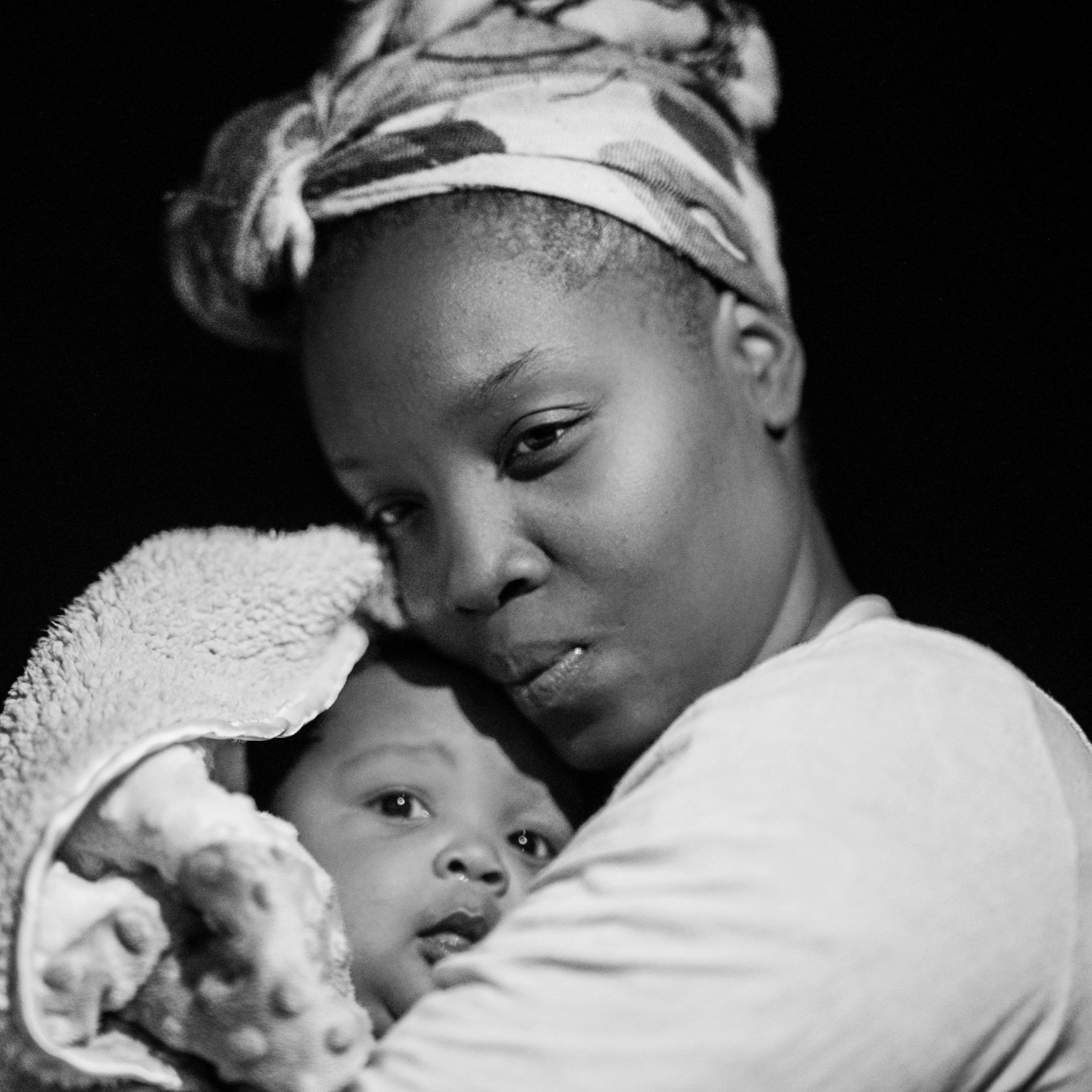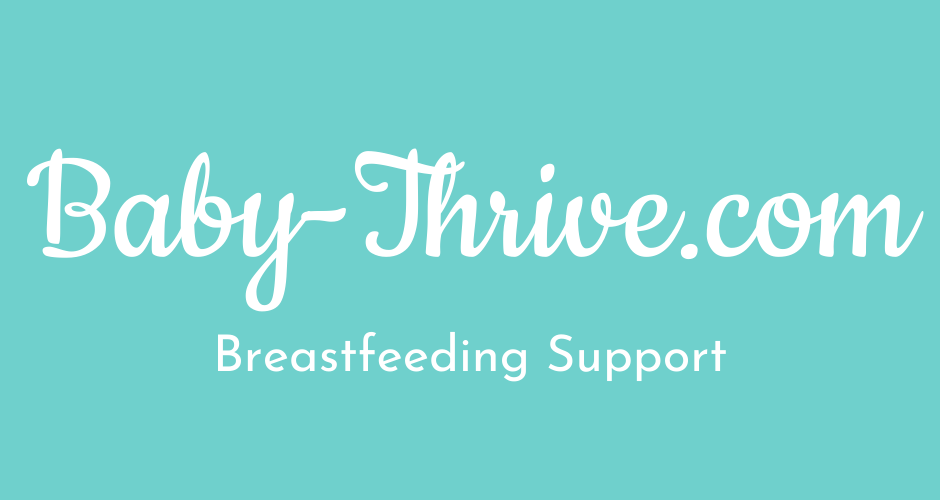Welcome to the Baby-Thrive
Blog

Stopping breastfeeding
If you decide to stop breastfeeding altogether:
How to stop;
Phasing out breastfeeding gently will give you both time to get used to the idea.
Stopping gradually will also help protect against common problems like mastitis and low mood.
You'll probably find it easiest to drop 1 feed at a time. It does not matter which feed you drop first, so it will usually be a case of how it fits in with your life. If your baby is under 1yr you replace that feed with a bottle of formula or freezer stash or donor milk.
If your baby is over a year you can try offering water in a sippy cup and providing lots of nutrient-dense foods like avocado, sweet potato, egg yolk, salmon (& fluid rich foods such as watermelon, tomato, cucumber if they are not keen on water).
If you are wanting to stop swiftly the NHS suggest dropping a feed each 3+ days while watching for any signs of engorgement & checking your baby’s mood and nappies.
Of course you can also stop breastfeeding slowly…just gradually offer less breastfeeding or pump for shorter periods and over time your breastmilk supply will likely slow down.
Quotes;
You are everything your baby needs
Every drop of milk you gave to your baby is valued

Mastitis treatment
Learn the latest 2022 guidelines for treating mastitis without antibiotics. Discover effective home treatments like ice, ibuprofen, massage, and ultrasound therapy. Find out how sunflower lecithin can help prevent recurrence and support healthy breastfeeding.

Sleepy babies
Are you concerned that your baby is sleeping so much they are not feeding enough? You are here: Home / Breastfeeding information / Sleepy Baby – Why And What To Do
Nobody likes to disturb a sleeping baby, but sometimes a baby can be too sleepy for their own good. At times like this they may need you to take action.
Your newborn baby needs to nurse actively for one or both breast at each feed. Offer the second breast after they seem to have finished at the first, although they may not want both sides at every feed.

Blisters/Blebs on nipples - Why do they happen & how to treat them.
What is the little blister/pimple on my nipple?
Do you have a pinprick pain on your nipple? If you look closely is there a pimple-like waxy plug blocking a nipple pore?
This could be a “Bleb” or “Milkspot” or “Nipple blister”.

6 tips for improved baby sleep
Before I was at Lactation Consultant, and before I was a mother, I was a nanny for 20 years working in London, Sussex, Australia and America. I looked after lots of babies from newborn and especially during their first year or two.
It's really common that new parents ask me about baby sleep, and baby sleep & feeding seem to be intertwined.

Breastfed baby policies for nursery/childcare in the UK
Breastfeeding baby policies are typically for formal childcare such as a daycare or nursery settings.
They're more common in America, I guess because maternity leave is normally shorter and breastfeeding rates are higher.

Manage cluster feeding or pumping with headspace.
Mothers share tips on how best to cope with cluster feeding or pumping. Baby growth spurts, sleep regressions. Mindfulness and headspace which can enhance positive attitude to make long feeds more bearable.

How to make pumping work for you.
How to make breast pumping comfortable.
How to get the most milk with an electric breast pump?
Are there breast pump parts which need changing?
Wonder how to get the most out of a pumping session?
Should you warm your breasts before pumping?
Is hand expression enough?
How to do power pumping?

How to get your breastfed baby to take a bottle
Baby won't drink from a bottle? Is your breastfed baby refusing formula or expressed milk?
